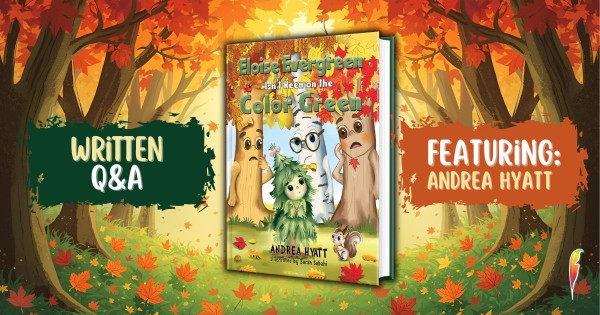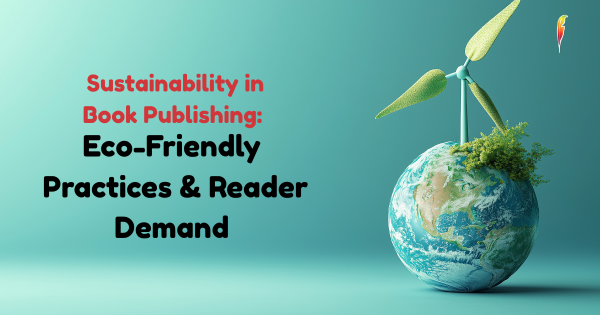.png)
World Bee Day Spotlight: One to Two Bees by CK Stwart and Beekeeper Alexia Miliatis of The Honey Palace
Bees are such a crucial part of the natural eco system and it is important to raise awareness of the pollinators and the threats that the bees are currently facing. Austin Macauley have some lovely juvenal books that teach children about bees in a fun, creative way. We spoke with two of these children's authors and asked them to share what inspired them to choose bees as the central theme of their stories.
CK Stwart the author of One to Two Bees and a Farmer.
1. What inspired you to write a story about bees and their environmental challenges?
Since I already had the title (created when I was only eight), I developed a story to match it. I find this is the easiest way to start a children’s book—my top tip! Come up with a great title and weave your story from there.
2. How did you balance raising awareness with keeping the story fun and engaging for children?
I first envisioned how the characters should look, with a specific colour scheme to create something engaging. I know reading isn’t always fun for some children, so I wanted the illustrations to captivate them first. Once they love the characters, they’ll be inspired to enjoy the story too!
3. Why did you choose a mother-and-child bee duo as central characters instead of, say, a queen bee or a whole hive?
I thought a mother-and-child duo would feel more heartfelt and blend well with a story about bees fleeing their destroyed habitats. I wanted children to connect the comfort of their mothers with the story, bringing it to life.
4. How does the book explore teamwork between humans and nature?
The story shows that, no matter how scary or terrifying bees may seem, they are gentle creatures. Instead of ignoring Lio lying on the floor with no energy, Otto put on all his clothes and found a way to save him!
5. What actions can readers take in their own lives to help protect bees?
Plant pollinator-friendly flowers, such as lavender, sunflowers, and other wildflowers, in your garden or in pots on your balcony. You can also buy the bee hotel from my website, onetotwobees.com, to safely attract solitary bees to nest and pollinate your flowers, fruits, and vegetables, creating a thriving garden like Otto’s farm. Another great step is to support local beekeepers by buying their honey, which encourages ethical beekeeping.
Alexia Miliatis the author of The Honey Palace
1. What inspired you to write The Honey Palace—was it a love of bees, nature?
Being beekeepers and watching the impact that bees had on our family and the connection with our children and how much wonder and joy they found in the bee keeping was the inspiration for the honey palace.
2. Was there a specific moment that sparked the idea for a magical, imaginative hive like The Honey Palace?
I had wanted to write a children’s book about bees for a long time but the words never came until one day I was in the middle of inspecting one of our hives that was hosted by our incredible illustrator, Bernadette Salvador, when I spotted two tiny, curious faces watching intently Out the window. The words few out of my mind in minutes and I recorded the story on my phone while I finished the inspection.
3. How do you balance imaginative storytelling with real-world information about bees?
Ensuring the magic is inspired by fact is essential. We did this in the honey palace by drawing on the fact that the various roles in the beehive are held by different bees, from the queen to the nurses, the workers and the drones, everyone has a role.
4. In what ways does the book help children understand the importance of bees to the planet?
The honey palace draws on the magic and incredible work that bees do, it draws in the curious and the inquisitive- it seeks to replace fear and uncertainty with inspiration and joy.
When we move past fear and into understanding we can start to work to support and ensure the survival of bees.
5. What kind of conversations do you hope children will have after reading this book?
I hope it opens curiosity and questions from children. I hope it allows adults to educate and change their perspective too.
Discover more inspirational stories to teach children that bees are friends to us and are not something to fear but something to look after instead.
We use cookies on this site to enhance your user experience and for marketing purposes.
By clicking any link on this page you are giving your consent for us to set cookies



